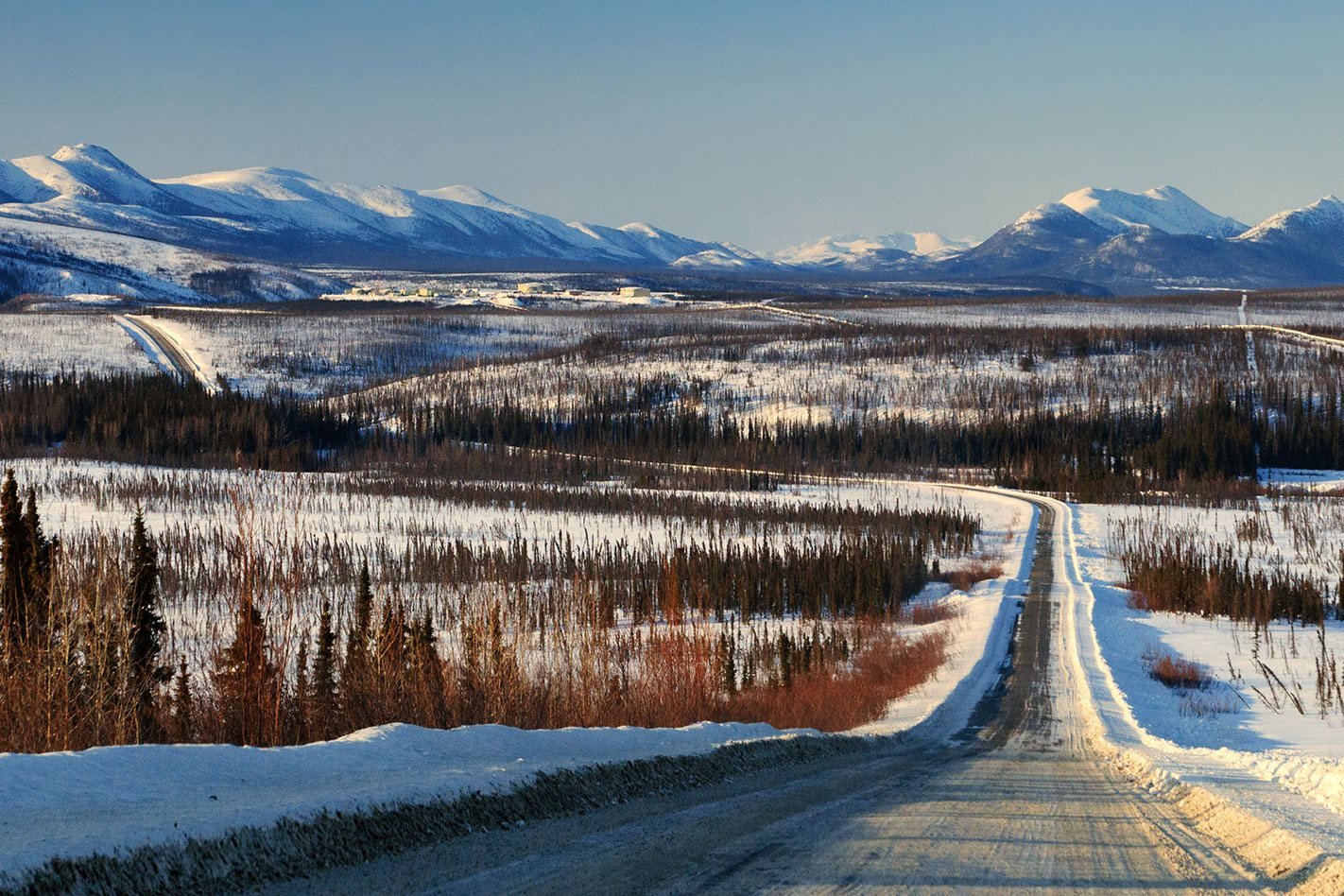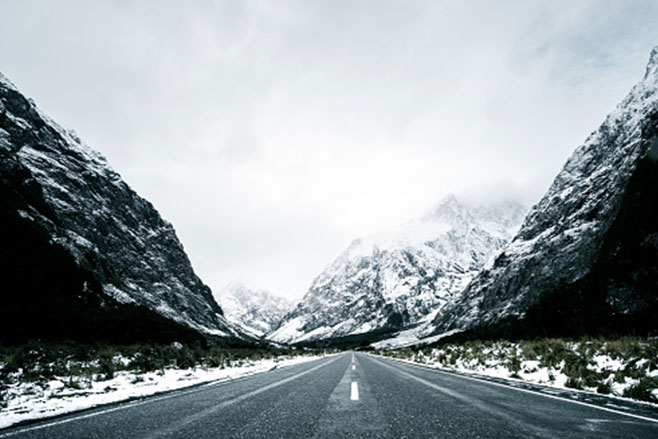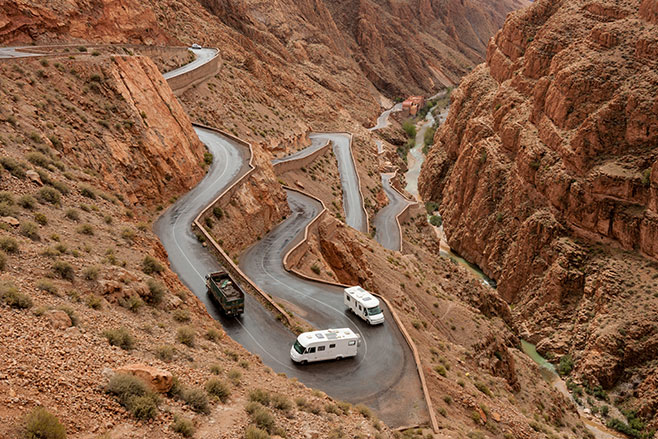
If you caught episode 14 of WhichCar TV, you would have seen Dan and Andy take an Alpine A110 and a BMW M2 to one of Australia’s most beautiful – but at times sketchy – ribbons of tarmac: the Great Alpine Road in Victoria.
While it is nothing compared to the below five passes and highways which are considered the most dangerous in the world, the 303-kilometre stretch of undulating hills, hairpins, blind curves and fast elevations from Wangaratta to the Gippsland region, via the Victorian Alps, is one of the most scenic in Australia – not to mention a favourite for car enthusiasts.
The Great Alpine Road, like Stelvio Pass, Highway 1 and Furka Pass are roads known to car lovers wanting a thrill. But for the adrenaline freaks who seek to skyrocket their heart rate and challenge their mortal fate (and driving skills), here are some of the wildest and lesser-known road trips in the world.
But be warned, you’ll need nerves of steel, a clean set of underwear and a decent set of tyres.

Milford Road, New Zealand Located deep in the beautiful Fiordland National Park in New Zealand’s south island, this snowy road is over 120kms long, stretching from Te Anau to Milford Sound, into the heart of the Te Wahipounamu World Heritage area.
The road passes through incredibly scenic sports like the Eglinton Valley, Mirror Lakes, Earl Mountain and the Avenue of the Disappearing Mountain. Milford Road has a peak elevation of 940 metres above sea level, with much of it having been carved out of solid granite in the 1920s and 40s.
Not only is it a dramatic drive of snowy summits, waterfalls, cliffs, tunnels and remote terrain straight out of a fantasy film, is it also one that should be treated with caution as Milford Road is prone to avalanches, ice and dark, narrow stretches with poor visibility and tour bus traffic in both directions.
Preparation including snow tyres and/or chains in winter (and a clear head all year round) is advised.
Read more: Blue Mountains Road Trip: 5 unmissable stops

Tizi n’Tichka (or Tichka Pass), Morocco As we learned taking the new Volkswagen Touareg for its first drive across Morocco via this exact route, this high mountain pass with an elevation of 2260m is one of the most manic roads in the world.
This is especially true for those heading south in the late afternoon, where you’ll need a calm disposition in order to dodge frantic, speeding locals and truck drivers that appear to have a death wish.
Winding through the Atlas Mountains, from Marrakesh to Ouarzazat toward the Sahara, and passing the magnificent UNESCO World Heritage site of the ancient Kasbah Aït Benhaddou (where Lawrence of Arabia, The Sheltering Sky and Gladiator were all filmed), the Tichka Pass is a true mixed bag of stunning scenery – snow-capped mountains, ancient sandy towns, rocky cliff faces and close, twisting turns (more than 100 of them, to be exact).
Parts of the road have recently been updated, so it isn’t in as much ruin as it once was, however, due to the ongoing roadworks, it’s not uncommon to hit minor flooding and rocky patches.

Death Road, Bolivia As the name ominously suggests, this was once one of the world’s most dangerous roads. Before a new highway was constructed nearby, directing traffic towards a safer route, it had an annual death toll that surpassed 250 people a year.
Death Road, or La Carretera de los Yungas, links northern Bolivia to the Amazon, starting near La Paz and ending in Coroico, stretching 69 anxiety-fuelled kilometres. Barely wide enough for one car, and bereft of railings or paved surfaces with visibility best described as shocking, this jungle pass has an elevation of 4,650m above sea level and plenty of cliffs above, so it’s not uncommon to witness landslides either.
As if that’s not enough to get the heart racing, Death Road is so tight and terrifying, cars are forced to drive on the other side of the road (on the left, instead of the right) so that drivers may have the best view of the cliff edge, and ascending vehicles have right of way.
A much safer bypass was constructed in 2006 so it’s no longer necessary to take Death Road, and construction has helped to minimise traffic as well as help with some of the tighter stretches of the highway. However, that hasn’t stopped motorbike riders, cyclists and adventure seekers from rolling the dice.

Three Level Zigzag Road, India Located in Sikkim, India, which borders Tibet, Nepal, West Bengal and Bhutan, the Three Level Zigzag (or switchback) Road extends for 30 kilometres, but in that space has over 100 hairpin turns. Located in the Himalayan Mountains close to Dzuluk, this historic pass is close to the Old Silk Route between Tibet and India and climbs up to an altitude of 3,413 metres.
Rugged, remote and prone to ice, snow and heavy rainfall in monsoon season, it may not have the manic, beeping and bustling traffic of some of the country’s more famous roads boast, but the danger factor is still there.

James Dalton Highway, Alaska Imagine a road so isolated, primitive and dangerous that even hard-nosed truckers are scared of it. That is the 666-kilometre (yes, really) isolated dirt road in Northern Alaska known as the James Dalton Highway in a nutshell.
Also known as the Dalton Highway and Alaska Route 11, this lonely stretch of mostly unpaved highway is built on ice permafrost and makes its way through Arctic forests and lifeless tundras, traversing the Brooks Range and finishing at the mouth of the Sag River, where it meets the Arctic Ocean. It was built as a trade supply route for the Trans-Alaska Pipeline System, and is one of the world’s coldest and the longest serviceless road in North America.
So yes, if you intend to take on this stretch of unpaved highway, be aware that the only sign of life you’ll encounter, besides the enormous trucks that supply the oilfields in the area (and which have right of way by law) and the occasional wild animal (including polar bears), is a town at 281kms (Coldfoot, population 10), another at 302.5kms (Wiseman, population 22) and a final one at the end of the highway (Deadhorse, population 25), so you’ll need to come prepared for anything and make sure your car has off-road capability.
The road rises to an elevation of 1,444 metres with a 16 percent gradient at times, and only 175km of it is paved (in sections, too).
Notoriously sketchy already, this is one highway that will only get more and more dangerous in the coming years, as recent reports of nearby melting ice due to climate change has made it even more precarious.



